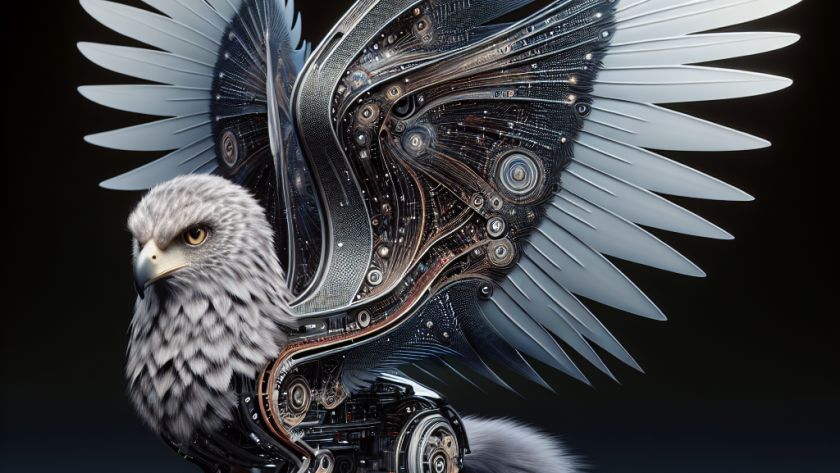Image Restoration (IR) is a key aspect of computer vision that aims to retrieve high-quality images from their degraded versions. Traditional techniques have made significant progress in this area; however, they have recently been outperformed by Diffusion Models, a technique that's emerging as a highly effective method in image restoration. Yet, existing Diffusion Models often…











